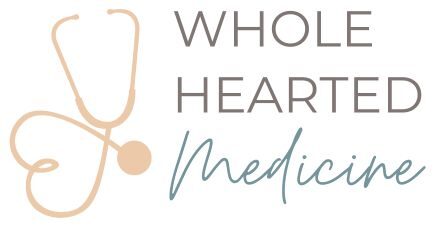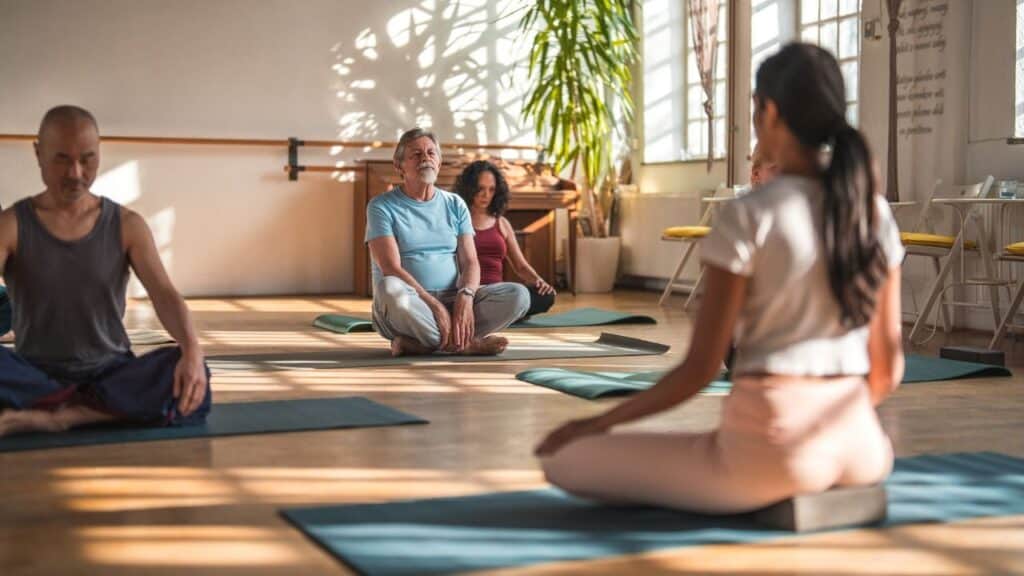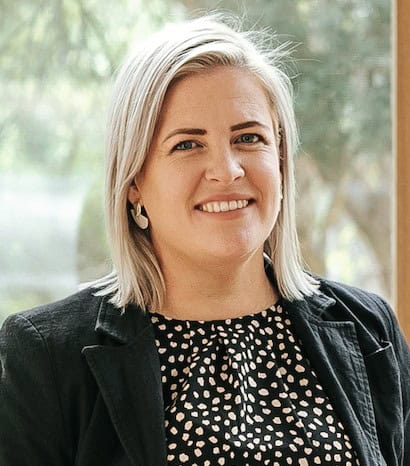When I began my yoga teacher training, I expected to learn about postures, breathwork, perhaps a little philosophy. What I didn’t anticipate was one of the first, and most profound, lessons: that those who support the wellbeing of others must be deeply connected to their own state of wellbeing. Our teachers spoke of embodiment not as a concept, but as a non-negotiable. You cannot guide others into stillness, presence or healing if you yourself are disconnected, depleted, or burnt out.
It was a striking contrast to my medical training.
As a medical student and later a GP registrar, the emphasis was on clinical acumen, procedural skill, and cognitive endurance. There was little room for vulnerability, let alone discussions of practitioner wellbeing. The prevailing ethos? Push through. Keep going. Your needs come last.
Over my years in medicine, I saw the toll this unspoken rule took. Colleagues running on empty. Patients unknowingly receiving care from practitioners surviving, not thriving. There are many sources that cite the role of the Hidden Curriculum (Lawrence et al., 2018) of the medical curriculum- one of cultural expectations, and personal motivations- often spoken of in negative terms. I for one can attest to my own experience of this ‘hidden curriculum’ and how this strengthened my own resolve to be “resilient”, not show weakness, and in many ways, made me fearful of appearing incompetent or reaching out for help. In so many ways, I lived it too… feeling the creeping dissonance between what I was trained to do and what my body and mind were telling me.
In yoga, the message was simple yet radical: Your state of being directly informs your ability to hold space for others. Your body is not just a tool to be pushed; it is a barometer of your truth. If you’re exhausted, you rest. If you’re overwhelmed, you come back to breath. This isn’t indulgence- it’s integrity.
As I progressed through my teacher training, this simple lesson seemed almost revelatory in it’s messaging.
Imagine if our healthcare system adopted this as a foundational clinical skill?
“True healing happens when care begins from within- because the wellbeing of the practitioner is essential to the care they provide”.
Dr Emily Amos
What if doctors were taught from day one that their own wellbeing wasn’t ancillary but essential? That our capacity to care, to empathise, to truly connect with patients, is only as strong as our connection to ourselves? That embodiment- an integration of body, mind and presence- isn’t just a yogic ideal but a medical necessity?
Western medicine has gifted us precision, rigour, and life-saving interventions, but it has often come at the cost of the practitioner’s humanity. My journey through yoga has helped me reclaim that humanity, not just for myself, but for my patients too. Side by side, these different parts of me now inform the teaching and support that I provide to other doctors- that we are not a siloed combination of ‘doctor’ and ‘human’, but in fact we are both. Learning how to heed that gentle, intuitive voice that sits deep within each of us, while at the same time honouring the painstakingly curated database of medical knowledge that informs all of our work.
Balancing head and heart in the dynamic and ever-evolving dance of beauty and complexity that is life.
At Whole Hearted Medicine, we believe in weaving these worlds together. The clarity of science with the compassion of embodiment. The discipline of medicine with the deep listening of self-compassion. Because true healing, for both doctor and patient, begins when we start from within.
Lawrence, C., Mhlaba, T., Stewart, K. A., Moletsane, R., Gaede, B., & Moshabela, M. (2018). The Hidden Curricula of Medical Education: A Scoping Review. Academic medicine : journal of the Association of American Medical Colleges, 93(4), 648–656. https://doi.org/10.1097/ACM.0000000000002004 12


